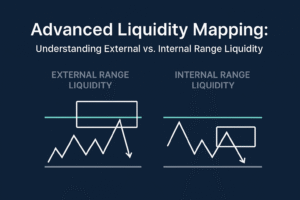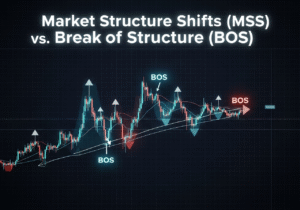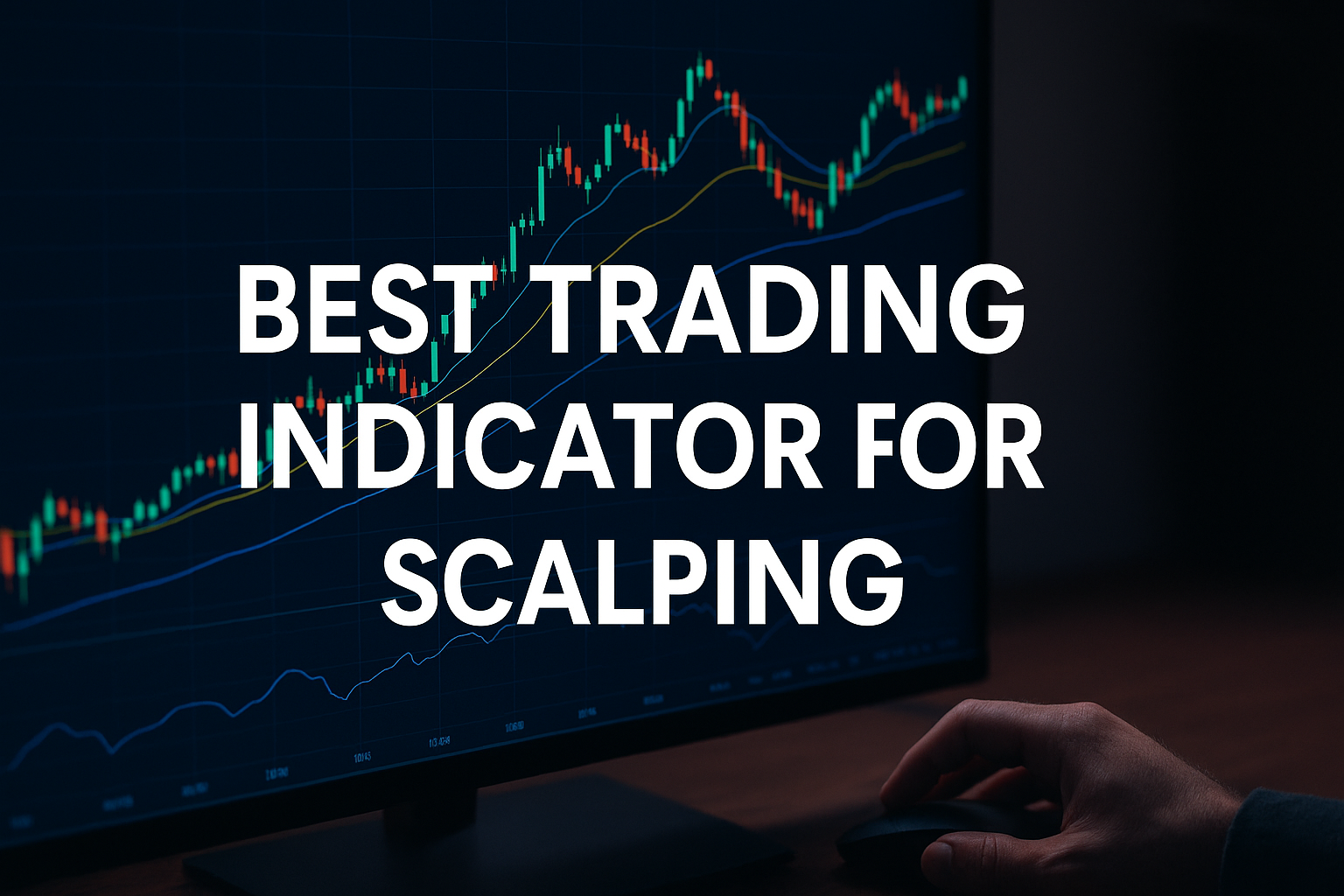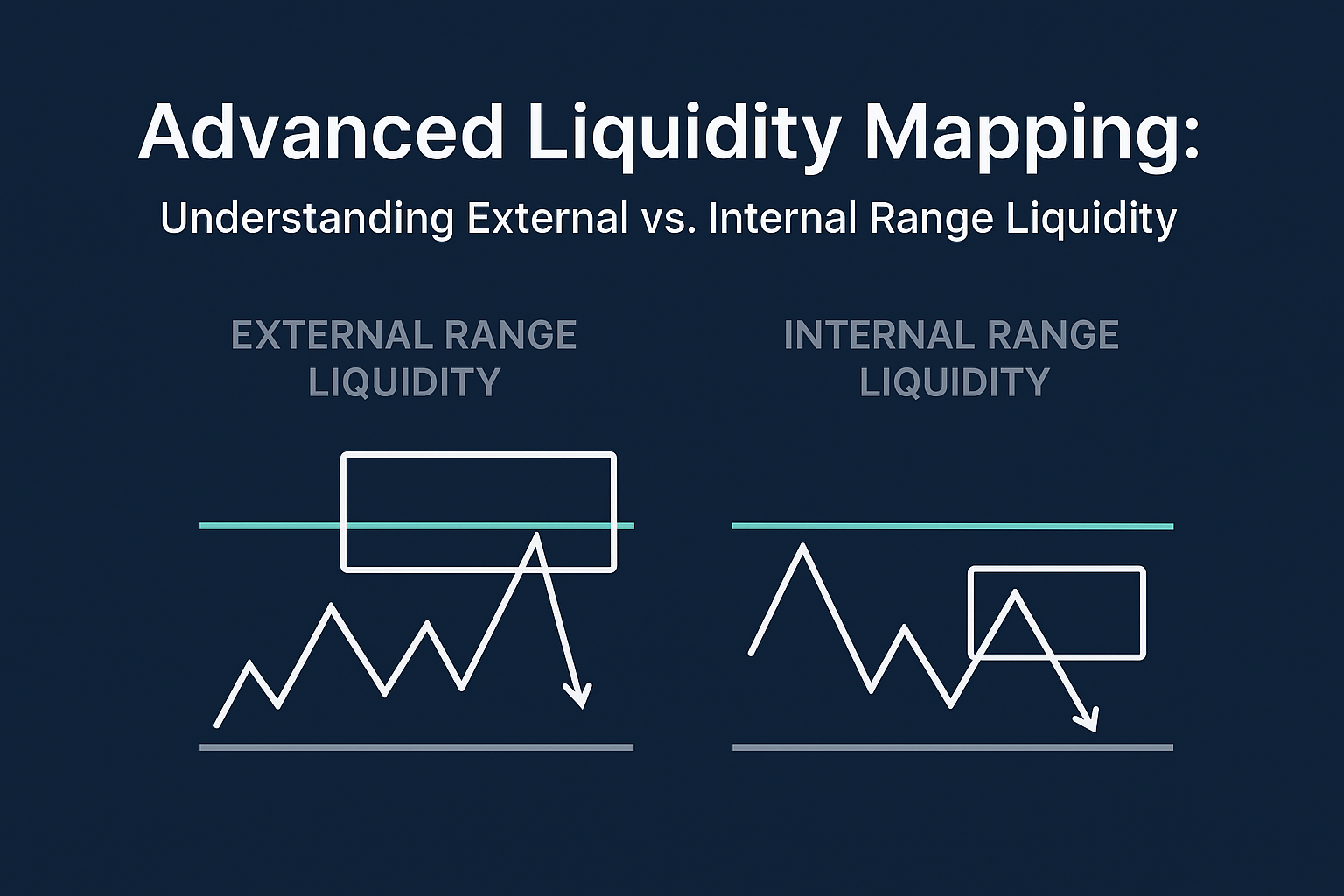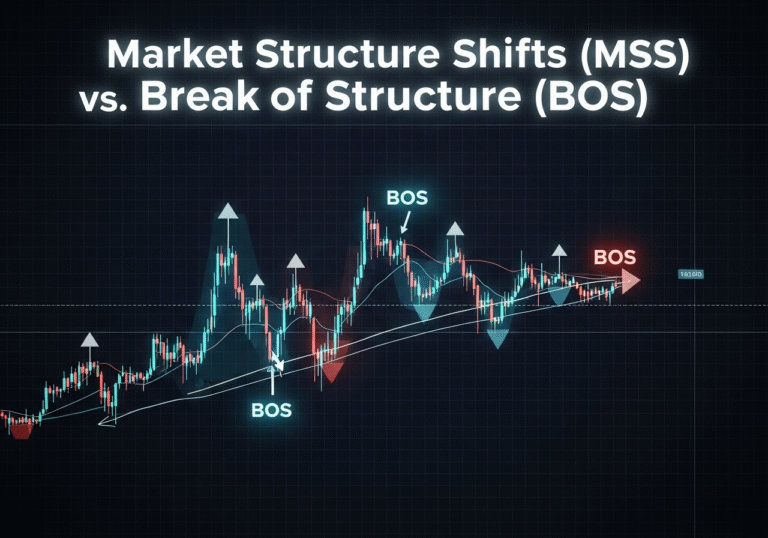Scalping is one of the most demanding and high-intensity styles of trading: the goal is to capture very small profits from a large number of trades, often executed within minutes or even seconds. In this environment, the choice of technical indicator—or rather the indicator system—becomes crucial. This blog post explores what makes an indicator effective for scalping, reviews some of the most trusted indicators used by scalpers, and outlines a method to identify the best indicator (and combinations thereof) for your own style.
In the age of electronic markets, low latency execution, and fast-moving price action, scalpers cannot afford lagging, unclear or noisy signals. According to Investopedia, scalpers “use technical indicators that are custom-tuned to very small time frames.” Therefore, success relies not only on indicator choice, but on strong risk-management discipline, sharp execution and well-tailored settings.
Let’s dive in.
1. What Makes a Good Scalping Indicator?
Before selecting an indicator, it is essential to understand the criteria that make it suitable for scalping:
a. Speed and responsiveness
Because scalping relies on quick entry/exits, indicators must respond rapidly to short-term changes in price rather than long-term trends. For example, the Exponential Moving Average (EMA) is considered better than a simple moving average in scalping because it gives more weight to recent prices.
b. Clear entry/exit signals
Scalp traders need precise triggers—crossovers, breakouts, momentum shifts—that can reliably be acted upon within a small timeframe. Indicators that provide ambiguous or delayed signals may cause missed trades or losses.
c. Minimal noise and false-signals
Short-term trading amplifies market noise. A good indicator should help filter out “false” moves and isolate genuine, actionable setups. Some authors note that combining indicators helps reduce false signals.
d. Adaptability to short time-frames
Scalpers often trade on 1-minute, 5-minute, or other short frames. The indicator’s parameters should be adjustable, and the trader must understand how to calibrate them for shorter time frames.
e. Integration with risk management
An indicator is only part of the system. Scalping demands tight stop-losses, quick exits, and precise position sizing. Even the best indicator fails without disciplined execution. As one article states: “The goal of scalpers is still to execute rapid trades in highly liquid markets, but risk-management is essential.”
2. Top Indicators for Scalping: Review & Use-Cases
Here, we review some of the most widely used indicators by scalpers, explain how they are used, their advantages, and limitations.
2.1 Exponential Moving Average (EMA)
Use-case: Trend detection and quick crossover signals in short time frames.
Description: EMA gives greater weight to recent price data, which makes it more responsive than a simple moving average.
How scalpers use it:
-
On a 1- or 5-minute chart, use a short-period EMA (e.g., 8 or 13) and a slightly longer EMA (e.g., 21). When the short EMA crosses the longer one in the direction of the trend, it can be an entry point.
-
Use the longer EMA as a dynamic “trend filter” so you only trade with the trend direction.
Limitations: Because EMAs are lagging (they are based on past prices), if price action is choppy or sideways, false crossovers may occur. One trader claimed that using three EMAs (21, 13, 8) in conjunction with trend confirmation improved results.
2.2 Relative Strength Index (RSI)
Use-case: Momentum and overbought/oversold detection.
Description: RSI measures the magnitude of recent price changes to evaluate overbought or oversold conditions. It is widely used in short-term trading.
How scalpers use it:
-
On short time-frames, set RSI to faster parameters (e.g., 5 or 7 periods) to capture quicker momentum changes.
-
Look for RSI to move out of extreme zones (e.g., below 30 or above 70) and back toward the mid-range as a potential reversal or continuation signal.
Limitations: In strong trending markets, RSI may stay overbought or oversold for long periods, making signals less reliable. It may also give false signals in noisy, low-volume periods.
2.3 Bollinger Bands
Use-case: Volatility measurement and breakout/reversion setups.
Description: Bollinger Bands consist of a moving average with upper and lower bands based on the standard deviation of price. They widen when volatility increases and contract when volatility decreases.
How scalpers use it:
-
When price hits the outer band and momentum confirms (via RSI or stochastic), it can signal a potential reversal or pullback.
-
In breakout strategies, a squeeze (narrow bands) can precede a strong move; scalpers may prepare to enter when the price breaks above/below the bands with volume.
Limitations: During strong trends, price can hitch to the band and continue without reversal. The indicator can lag in rapidly changing conditions.
2.4 Moving Average Convergence Divergence (MACD)
Use-case: Momentum shifts and crossovers.
Description: MACD calculates the difference between a shorter-period EMA and a longer-period EMA, with a signal line. It helps identify trend changes and momentum.
How scalpers use it:
-
Use faster settings (e.g., 6/13/5 instead of the default 12/26/9) for quicker signals.
-
When the MACD line crosses above the signal line in the direction of the trend and is confirmed by price action and volume, that may indicate a high-probability trade.
Limitations: Like other lagging indicators, MACD may give delayed signals. It also may not perform well in sideways markets without a clear direction.
2.5 VWAP (Volume Weighted Average Price)
Use-case: Support/resistance and entry timing in intraday trades.
Description: VWAP measures the average price of a security weighted by volume. While not always listed among “classic” indicators, many intraday scalpers view VWAP as a benchmark.
How scalpers use it:
-
Use VWAP to gauge intraday trend direction: price above VWAP = bullish, below = bearish.
-
Entry when price pulls back toward VWAP in trending conditions or when price crosses VWAP with volume support.
Limitations: VWAP is less useful in low-volume or illiquid markets. It may not generate frequent signals in extremely fast markets.
3. Selecting the “Best” Indicator for Your Style
There is no one “best indicator” that works in all market conditions, time-frames, and asset classes—rather, the best indicator is the one you understand deeply, configure properly, and use consistently within a disciplined system. Here’s how to select and refine yours:
Step 1: Define your trading timeframe and market
-
Are you trading 1-minute, 5-minute, 15-minute charts?
-
Which asset (forex, stocks, crypto, futures) and how liquid is it?
Faster time frames and high-liquidity markets demand more responsive indicators and tighter settings.
Step 2: Choose a primary indicator and one or two confirmation tools
-
Pick one indicator you’ll rely on for entry (e.g., EMA crossover) and add confirmation tools (e.g., RSI or Bollinger Bands).
-
Avoid indicator overload: too many indicators can cause confusion and conflicting signals. Many scalpers suggest just 2-3 tools.
Step 3: Back-test and forward-test your settings
-
Adjust period lengths and parameters to suit your timeframe (e.g., shorter EMAs for 1-minute charts).
-
Test on historical data and then in a demo/live environment with strict risk control.
-
Monitor win-rate, average profit per trade, drawdown, and how the signals behave in trending versus range-bound markets.
Step 4: Develop a rules-based entry/exit system
-
Entry rule example: Short-term EMA crosses above long-term EMA + RSI < 50 moves upward + volume picks up → scalp long.
-
Exit rule: Fixed small-profit target (e.g., +5 pips for forex or +0.2% for stocks) OR when the short EMA crosses back or RSI drops below 70 (depending on trade direction).
-
Risk-management: Stop-loss should be very tight relative to target (scalping often uses 1:1 or better risk/reward).
-
Know when not to trade: low-volume, high-spread, major news release, etc.
Step 5: Monitor performance and adapt
-
Keep a trading journal: date/time, setup, indicator values, outcome.
-
Regularly review what works and adjust your indicators/parameters when you notice a shift in market behaviour.
-
Accept that no system is perfect; be prepared for drawdowns and “whipsaws”.
4. A Practical Example Strategy
Here is an example of a scalping indicator-based strategy you might adapt for your personal style:
Timeframe: 5-minute chart, highly liquid Forex pair or major stock.
Indicators:
-
EMA (8-period) and EMA (21-period)
-
RSI (7-period)
-
Bollinger Bands (20-period, 2 SD)
Trade Setup (Long):
-
EMA 8 crosses above EMA 21 → trend bias to long.
-
RSI dips below 40 and then rises above 45 → momentum shift.
-
Price touches the lower Bollinger Band and begins to bounce up with increasing volume.
-
Enter long as the candle closes above the EMA 8.
Exit:
-
Target small profit (for example +0.2 % or +10 ticks) OR
-
Exit when EMA 8 crosses below EMA 21 OR
-
RSI exceeds 70 and starts to turn down.
Stop-loss: -
Set 1-2 pips (or equivalent) below the recent swing low OR use the ATR (Average True Range) based method to set a stop wider in volatile conditions.
Risk Management: -
Limit the number of trades per day (e.g., no more than 5-10 setups).
-
Avoid trading during major news announcements or illiquid periods.
-
Use a fixed proportion of capital per trade (e.g., risk 0.5 % of account per trade).
This setup is a simple demonstration. You should adapt to your asset, risk tolerance, and platform.
5. Common Mistakes to Avoid & Final Tips
Mistakes to Avoid
-
Relying on one indicator alone — without context or confirmation signals- you expose yourself to false signals.
-
Using default settings blindly — scalping time-frames demand adjusted parameters.
-
Ignoring spread, slippage, and execution speed, small profits get eaten by high spread or slow execution.
-
Overtrading — chasing setups when conditions aren’t optimal leads to losses.
-
Poor risk control — one bad trade can wipe out multiple small wins.
Final Tips for Scalpers
-
Choose a market with high liquidity and tight spreads.
-
Make sure your execution platform is fast and reliable.
-
Maintain discipline: only trade according to your rules.
-
Begin with a small size until you’ve proven the system.
-
Review and refine constantly: markets evolve, and what worked may stop working.
-
Accept that even a “best indicator” won’t deliver 100% wins — aim for consistency, not perfection.
Conclusion
In the world of scalping, the “best” trading indicator is less about a magical tool and more about selecting the right indicator for you, tailoring it to your timeframe and trading style, and combining it with smart risk management and disciplined execution. Indicators like EMA, RSI, Bollinger Bands, MACD, and VWAP are some of the most trusted tools for short-term traders. When used thoughtfully—and within a structured system—they can power effective scalping strategies.
Remember: discipline, speed, clarity, and risk control are your real edge. Use indicators to sharpen that edge—you cannot rely on them alone.

